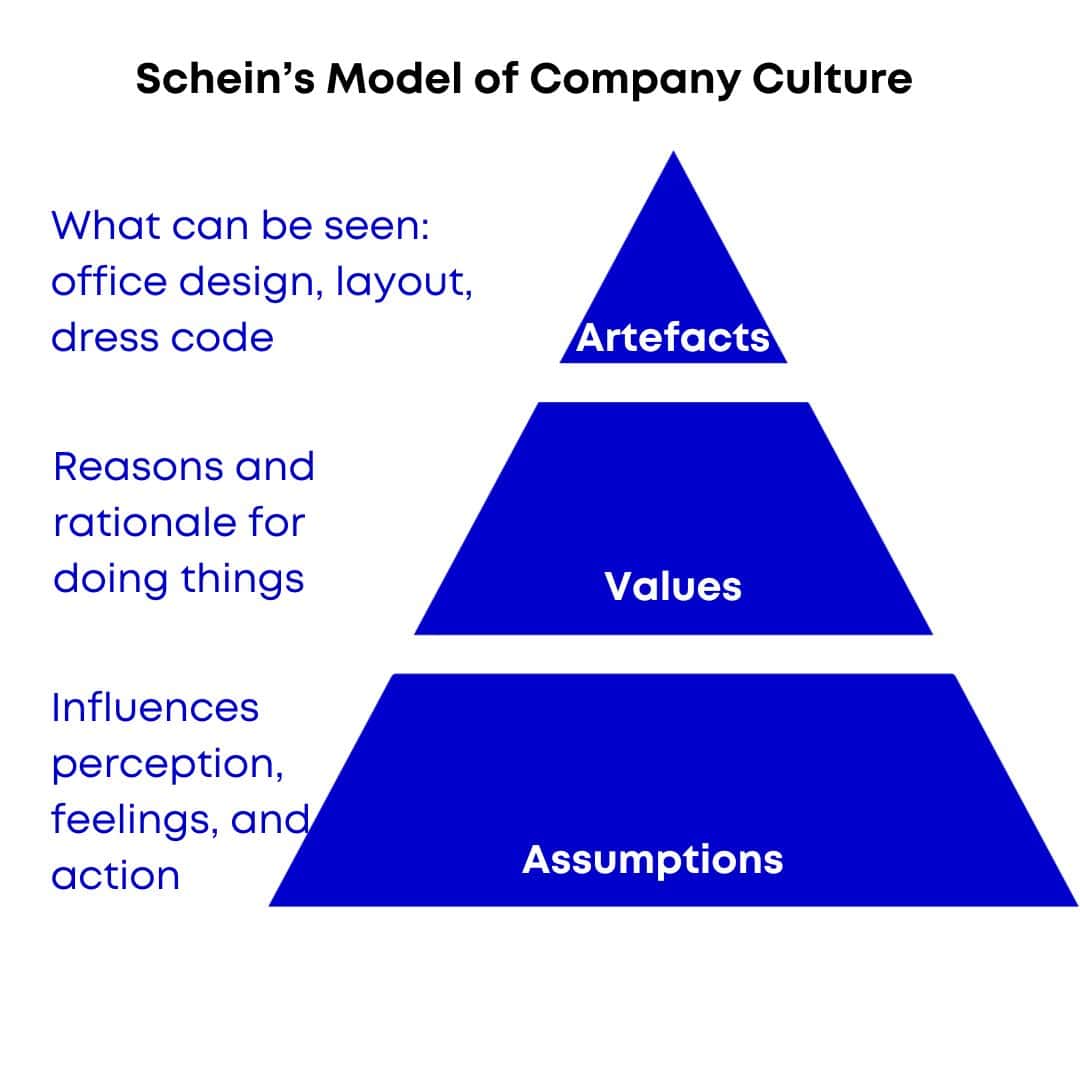Examples of Company Culture for Entrepreneurs
It’s well understood that culture influences how we think, what we say, and how we behave. Anyone who has travelled far from home experiences this first hand. And it’s true in business, also. Every company has its own culture, which impacts how employees treat customers, and how they treat each other. What we know for sure is that companies with strong cultures perform well financially. It’s so linked to revenue that when Peter Thiel invested $150m in AirBnB, he told the founders “don’t f&ck up the culture.” No matter what stage of your business growth, it’s never too late to make culture a priority. Read on for examples of company culture for entrepreneurs, and don’t miss tips to use in your small business.
Understanding Company Culture
One thing to understand about company culture is that it’s deeper than what can be seen and observed. It goes beyond team meetings and staff events. It’s less about what is said, and more about what people think and believe. For example, the leader of one non-profit organization I worked with said all the right things about having a collaborative working environment. The public message was that everyone on the team was empowered to deliver their best.
However, the reality was that every small decision required his approval. Also, key stakeholders were blocked from attending some meetings. This is because the assumptions and values were that each department worked alone as a closed group, with no transparency or communication with the others. For more on the 3 levels of organizational culture, read How to build company culture in a small business.
Examples for entrepreneurs
Many “best of” lists are of huge multinational corporations. And frankly, that isn’t much help for entrepreneurs running their own company. So I’ve collected these few examples and explained exactly what lesson you can use in your small business
Clio
This Canadian technology company provides software for legal firms around the world. They highlight their focus on creating a supportive and inclusive work environment throughout their website. In fact, it’s part of their branding. And clients feel good about working with a company that takes such good care of their team.
After all, engaged and happy employees provide service! What entrepreneurs can learn from this example is that culture comes from the top down.
As a leader in your business, be sure your behaviour and words support and are consistent with the values and culture you want to build. For example, Clio founder Jack Newton wrote a book on The Client Centered Law Firm. No, you don’t have to write a book! The point here is to walk the walk and talk to the talk. For example, don’t complain about customers to your staff and expect them not to do the same.
Zappos
This American clothing and footwear company is a pioneer in creating an outstanding company culture. Way back in 2009, they were ditching old corporate rules to be fully transparent with staff and empower everyone to do the right thing for customers.
They are so passionate about the link between culture and revenue that they offer advice to business owners with their Insights program. What entrepreneurs can learn from Zappos is to embrace the individuality of each employee. A strong team doesn’t have to be clones of each other, with identical personalities and profiles. After all, there is strength in diversity. What matters is that everyone you hire is committed to customer service and sharing the same set of values as the company.
Prezi
This Hungarian software start up transformed how students and businesses created presentations. What is unique about their story is that they created a positive and engaged company culture which adapted to the needs of introverts and extroverts. So instead of making busy and loud company conferences mandatory, they allowed introverts to interact in their own way. What entrepreneurs can learn from Prezi is that building an amazing company culture doesn’t need parties and enforced social interaction. What matters is communicating values and creating a safe space for all employees to thrive and feel fulfilled by their work.
Tips for your small business
Though the companies described above may not look much like your business, they are still great examples of company culture for entrepreneurs. Setting aside the size of the budgets and the team, there are tips for your small business in these examples.
Hire the human, not the resume
Yes, job experience and education matters, especially depending on the business. Obviously, you can’t hire someone with no training to be a vet technician or a plumber. However, it’s also a mistake to focus so much on the resume. After all, it’s the human who is going to be showing up to work, so their outlook, engagement, and communication skills matter. Creating a positive company culture is more than a set of policies. It’s the attitude of the people on the team who can make or break a work environment.
Don’t micromanage
Certainly, policies and procedures are important for maintaining service standards and quality levels. However, it’s a slippery slope because an operating manual can easily turn into a burden that restricts staff from doing the right thing for the customer.
Don’t keep it a secret
If your company culture is thriving and staff are engaged and happy, don’t keep it a secret. First of all, it will help attract more staff, and cut down on recruiting costs. More importantly, it helps gain consumer trust. People love to be part of something good and positive. Also, people love to receive great customer service, and that is more likely when the staff are empowered and committed. So include it on your website, in newsletters, on social media, and in other customer communication.
Be you
These examples of company culture are meant to spark ideas and be aspirational. However, just because something worked for a successful company doesn’t mean it’s a fit for you or your small business. So reflect on what sort of company culture makes sense for you, in your community, with your type of business. Most importantly, feel free to be unique. For example, the founder of Prezi is an introvert, so he made that part of the company culture.
Lessons for entrepreneurs
Overall, there are lots of positive examples of company culture available. Don’t dismiss them because the size and scope of these examples are so different from your own business. Remember that many of these companies started out small, with just 1 or 2 founders working together to build their vision. No business is too small to have a company culture. So be inspired, and be intentional with creating the kind of business environment you want for your company.
Examples of Company Culture for Entrepreneurs Read More »





